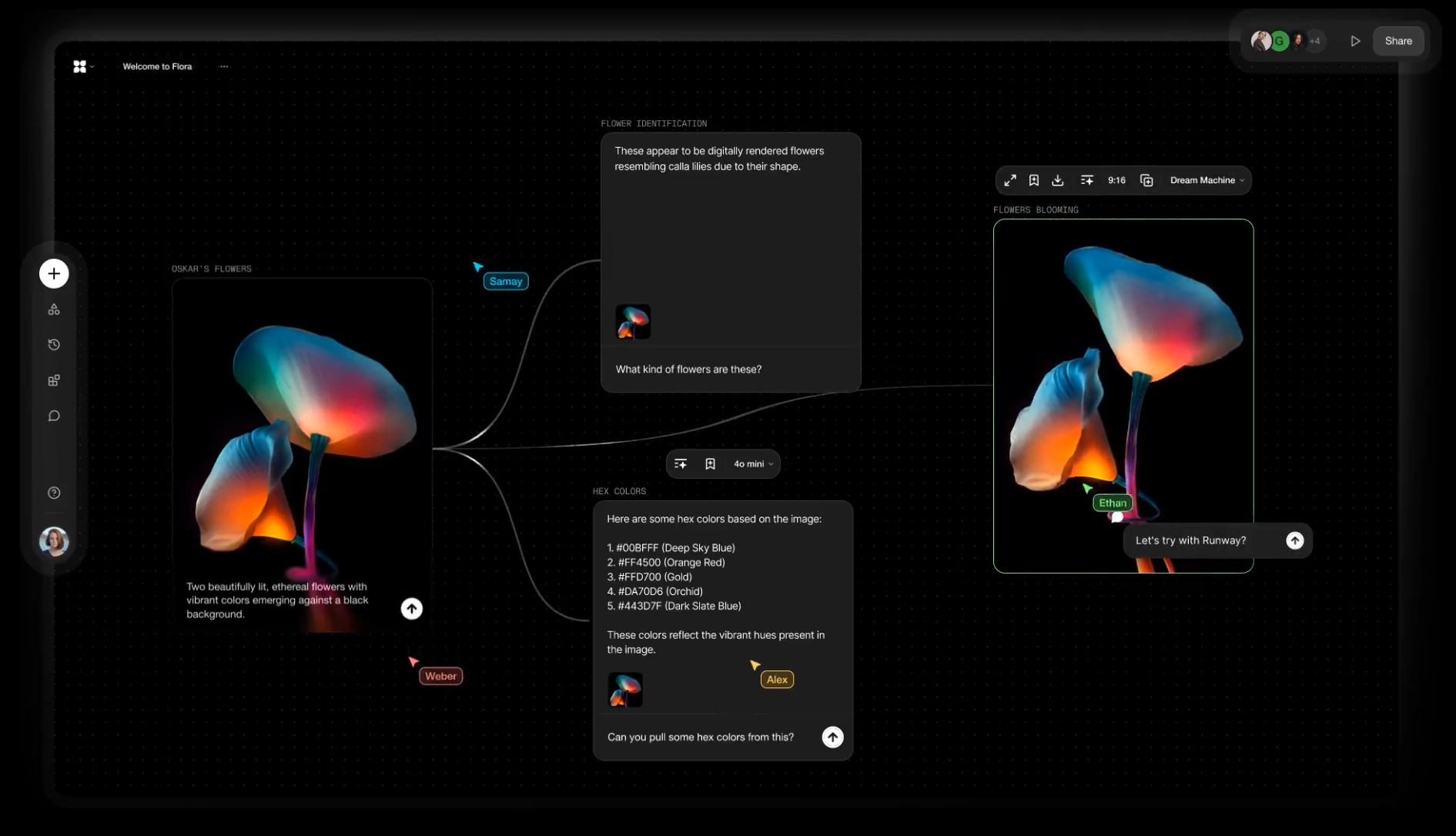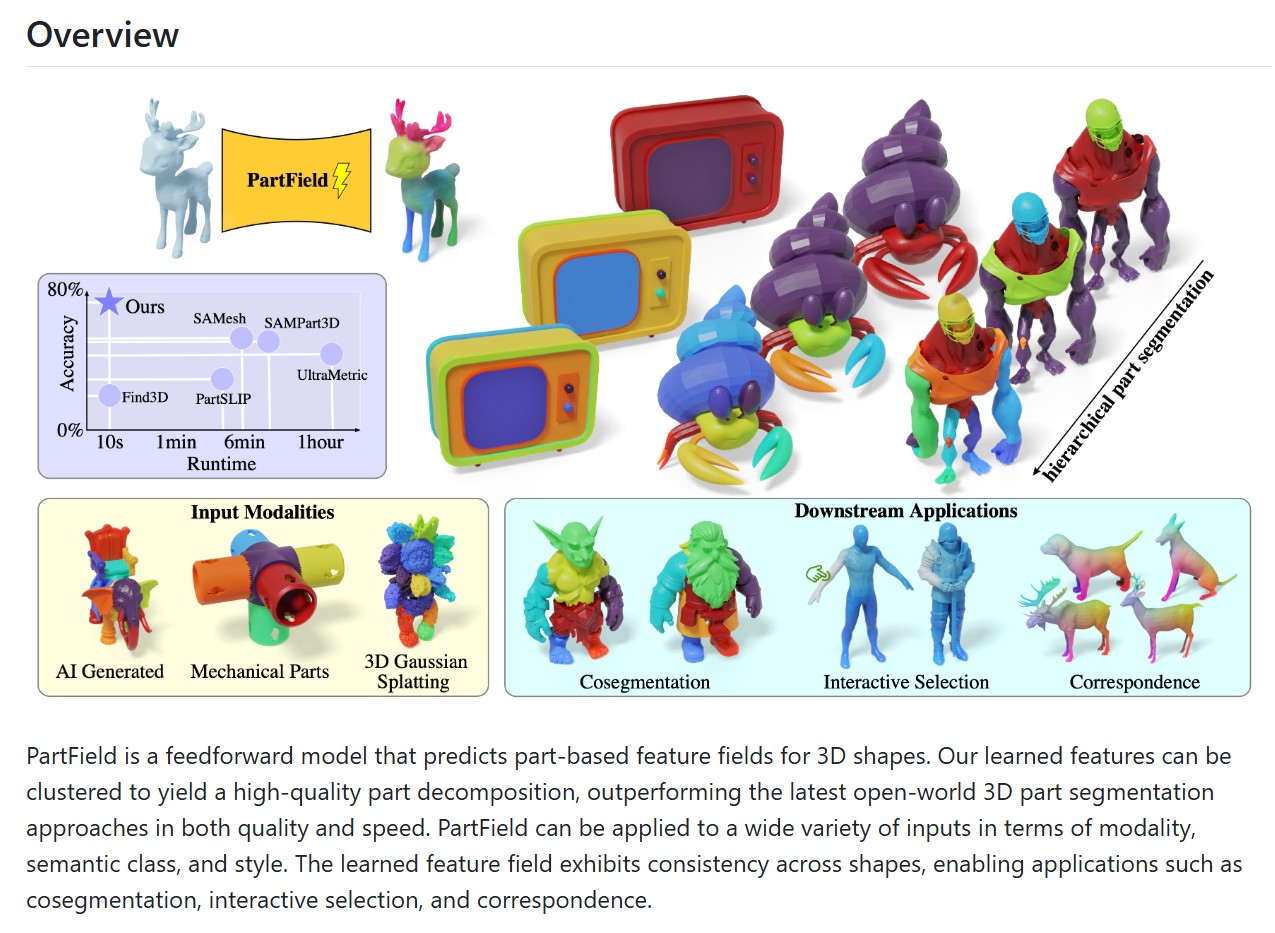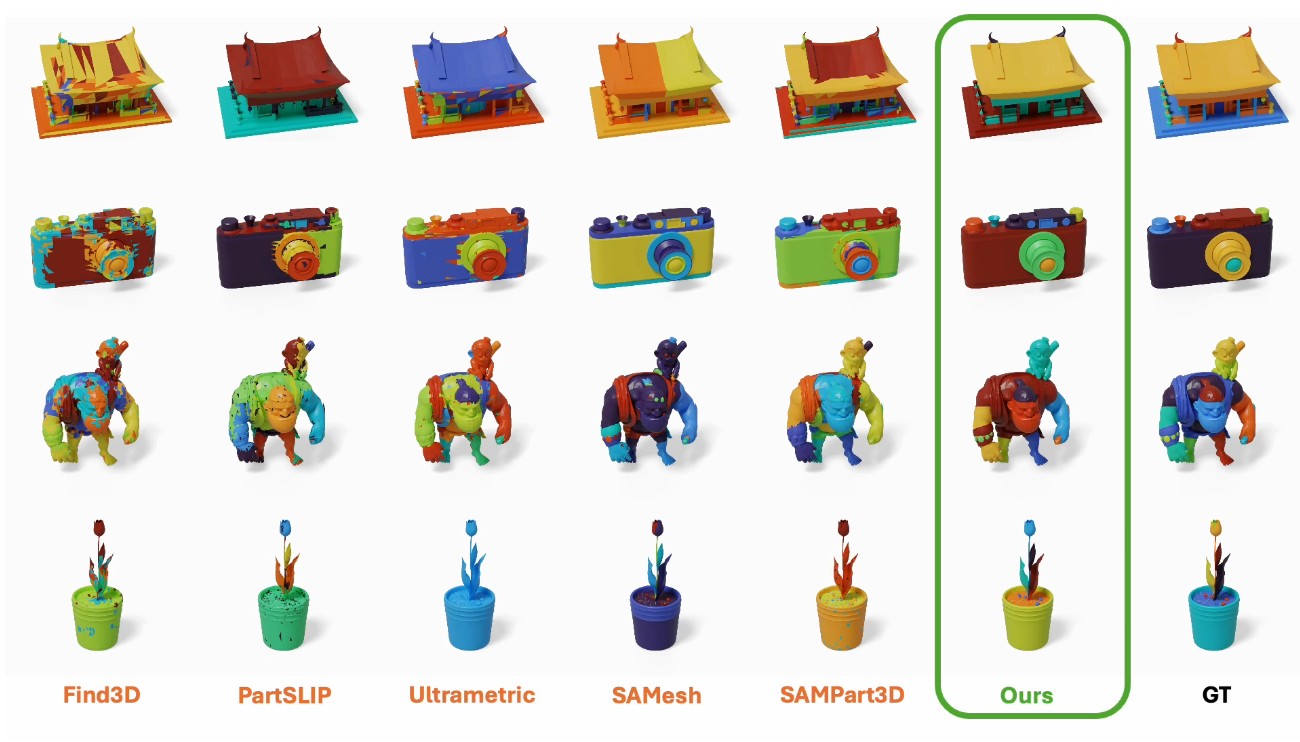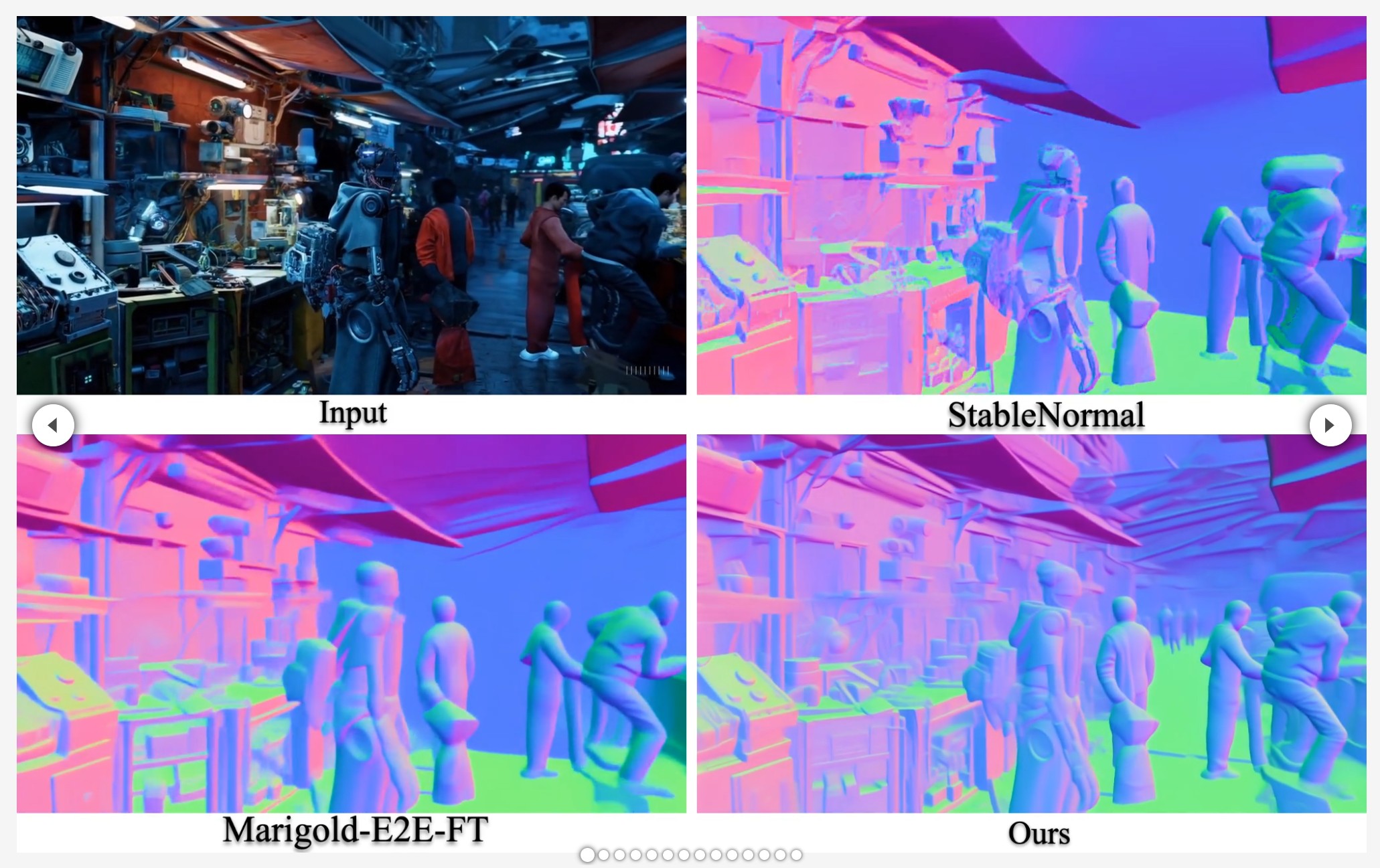BREAKING NEWS
LATEST POSTS
-
11 Public Speaking Strategies

What do people report as their #1 greatest fear?
It’s not death….
It’s public speaking.
Glossophobia, the fear of public speaking, has been a daunting obstacle for me for years.
11 confidence-boosting tips
1/ The 5-5-5 Rule
→ Scan 5 faces; Hold each gaze for 5 seconds.
→ Repeat every 5 minutes.
→ Creates an authentic connection.
2/Power Pause
→ Dead silence for 3 seconds after key points.
→ Let your message land.
3/ The 3-Part Open
→ Hook with a question.
→ Share a story.
→ State your promise.
4/ Palm-Up Principle
→ Open palms when speaking = trustworthy.
→ Pointing fingers = confrontational.
5/ The 90-Second Reset
→ Feel nervous? Excuse yourself.
→ 90 seconds of deep breathing reset your nervous system.
6/ Rule of Three
→ Structure key points in threes.
→ Our brains love patterns.
7/ 2-Minute Story Rule
→ Keep stories under 2 minutes.
→ Any longer, you lose them.
8/ The Lighthouse Method
→ Plant “anchor points” around the room.
→ Rotate eye contact between them.
→ Looks natural, feels structured.
9/ The Power Position
→ Feet shoulder-width apart.
→ Hands relaxed at sides.
→ Projects confidence even when nervous.
10/ The Callback Technique
→ Reference earlier points later in your talk.
→ Creates a narrative thread.
→ Audiences love connections.
11/ The Rehearsal Truth
→ Practice the opening 3x more than the rest.
→ Nail the first 30 seconds; you’ll nail the talk. -
FreeCodeCamp – Train Your Own LLM
https://www.freecodecamp.org/news/train-your-own-llm
Ever wondered how large language models like ChatGPT are actually built? Behind these impressive AI tools lies a complex but fascinating process of data preparation, model training, and fine-tuning. While it might seem like something only experts with massive resources can do, it’s actually possible to learn how to build your own language model from scratch. And with the right guidance, you can go from loading raw text data to chatting with your very own AI assistant.
-
Alibaba FloraFauna.ai – AI Collaboration canvas
-
Runway introduces Gen-4 – Generate consistent elements by controlling input elements
https://runwayml.com/research/introducing-runway-gen-4
With Gen-4, you are now able to precisely generate consistent characters, locations and objects across scenes. Simply set your look and feel and the model will maintain coherent world environments while preserving the distinctive style, mood and cinematographic elements of each frame. Then, regenerate those elements from multiple perspectives and positions within your scenes.
𝗛𝗲𝗿𝗲’𝘀 𝘄𝗵𝘆 𝗚𝗲𝗻-𝟰 𝗰𝗵𝗮𝗻𝗴𝗲𝘀 𝗲𝘃𝗲𝗿𝘆𝘁𝗵𝗶𝗻𝗴:
✨ 𝗨𝗻𝘄𝗮𝘃𝗲𝗿𝗶𝗻𝗴 𝗖𝗵𝗮𝗿𝗮𝗰𝘁𝗲𝗿 𝗖𝗼𝗻𝘀𝗶𝘀𝘁𝗲𝗻𝗰𝘆
• Characters and environments 𝗻𝗼𝘄 𝘀𝘁𝗮𝘆 𝗳𝗹𝗮𝘄𝗹𝗲𝘀𝘀𝗹𝘆 𝗰𝗼𝗻𝘀𝗶𝘀𝘁𝗲𝗻𝘁 across shots—even as lighting shifts or angles pivot—all from one reference image. No more jarring transitions or mismatched details.
✨ 𝗗𝘆𝗻𝗮𝗺𝗶𝗰 𝗠𝘂𝗹𝘁𝗶-𝗔𝗻𝗴𝗹𝗲 𝗠𝗮𝘀𝘁𝗲𝗿𝘆
• Generate cohesive scenes from any perspective without manual tweaks. Gen-4 intuitively 𝗰𝗿𝗮𝗳𝘁𝘀 𝗺𝘂𝗹𝘁𝗶-𝗮𝗻𝗴𝗹𝗲 𝗰𝗼𝘃𝗲𝗿𝗮𝗴𝗲, 𝗮 𝗹𝗲𝗮𝗽 𝗽𝗮𝘀𝘁 𝗲𝗮𝗿𝗹𝗶𝗲𝗿 𝗺𝗼𝗱𝗲𝗹𝘀 that struggled with spatial continuity.
✨ 𝗣𝗵𝘆𝘀𝗶𝗰𝘀 𝗧𝗵𝗮𝘁 𝗙𝗲𝗲𝗹 𝗔𝗹𝗶𝘃𝗲
• Capes ripple, objects collide, and fabrics drape with startling realism. 𝗚𝗲𝗻-𝟰 𝘀𝗶𝗺𝘂𝗹𝗮𝘁𝗲𝘀 𝗿𝗲𝗮𝗹-𝘄𝗼𝗿𝗹𝗱 𝗽𝗵𝘆𝘀𝗶𝗰𝘀, breathing life into scenes that once demanded painstaking manual animation.
✨ 𝗦𝗲𝗮𝗺𝗹𝗲𝘀𝘀 𝗦𝘁𝘂𝗱𝗶𝗼 𝗜𝗻𝘁𝗲𝗴𝗿𝗮𝘁𝗶𝗼𝗻
• Outputs now blend effortlessly with live-action footage or VFX pipelines. 𝗠𝗮𝗷𝗼𝗿 𝘀𝘁𝘂𝗱𝗶𝗼𝘀 𝗮𝗿𝗲 𝗮𝗹𝗿𝗲𝗮𝗱𝘆 𝗮𝗱𝗼𝗽𝘁𝗶𝗻𝗴 𝗚𝗲𝗻-𝟰 𝘁𝗼 𝗽𝗿𝗼𝘁𝗼𝘁𝘆𝗽𝗲 𝘀𝗰𝗲𝗻𝗲𝘀 𝗳𝗮𝘀𝘁𝗲𝗿 and slash production timelines.
• 𝗪𝗵𝘆 𝘁𝗵𝗶𝘀 𝗺𝗮𝘁𝘁𝗲𝗿𝘀: Gen-4 erases the line between AI experiments and professional filmmaking. 𝗗𝗶𝗿𝗲𝗰𝘁𝗼𝗿𝘀 𝗰𝗮𝗻 𝗶𝘁𝗲𝗿𝗮𝘁𝗲 𝗼𝗻 𝗰𝗶𝗻𝗲𝗺𝗮𝘁𝗶𝗰 𝘀𝗲𝗾𝘂𝗲𝗻𝗰𝗲𝘀 𝗶𝗻 𝗱𝗮𝘆𝘀, 𝗻𝗼𝘁 𝗺𝗼𝗻𝘁𝗵𝘀—democratizing access to tools that once required million-dollar budgets. -
Florent Poux – Top 10 Open Source Libraries and Software for 3D Point Cloud Processing
As point cloud processing becomes increasingly important across industries, I wanted to share the most powerful open-source tools I’ve used in my projects:
1️⃣ Open3D (http://www.open3d.org/)
The gold standard for point cloud processing in Python. Incredible visualization capabilities, efficient data structures, and comprehensive geometry processing functions. Perfect for both research and production.
2️⃣ PCL – Point Cloud Library (https://pointclouds.org/)
The C++ powerhouse of point cloud processing. Extensive algorithms for filtering, feature estimation, surface reconstruction, registration, and segmentation. Steep learning curve but unmatched performance.
3️⃣ PyTorch3D (https://pytorch3d.org/)
Facebook’s differentiable 3D library. Seamlessly integrates point cloud operations with deep learning. Essential if you’re building neural networks for 3D data.
4️⃣ PyTorch Geometric (https://lnkd.in/eCutwTuB)
Specializes in graph neural networks for point clouds. Implements cutting-edge architectures like PointNet, PointNet++, and DGCNN with optimized performance.
5️⃣ Kaolin (https://lnkd.in/eyj7QzCR)
NVIDIA’s 3D deep learning library. Offers differentiable renderers and accelerated GPU implementations of common point cloud operations.
6️⃣ CloudCompare (https://lnkd.in/emQtPz4d)
More than just visualization. This desktop application lets you perform complex processing without writing code. Perfect for quick exploration and comparison.
7️⃣ LAStools (https://lnkd.in/eRk5Bx7E)
The industry standard for LiDAR processing. Fast, scalable, and memory-efficient tools specifically designed for massive aerial and terrestrial LiDAR data.
8️⃣ PDAL – Point Data Abstraction Library (https://pdal.io/)
Think of it as “GDAL for point clouds.” Powerful for building processing pipelines and handling various file formats and coordinate transformations.
9️⃣ Open3D-ML (https://lnkd.in/eWnXufgG)
Extends Open3D with machine learning capabilities. Implementations of state-of-the-art 3D deep learning methods with consistent APIs.
🔟 MeshLab (https://www.meshlab.net/)
The Swiss Army knife for mesh processing. While primarily for meshes, its point cloud processing capabilities are excellent for cleanup, simplification, and reconstruction.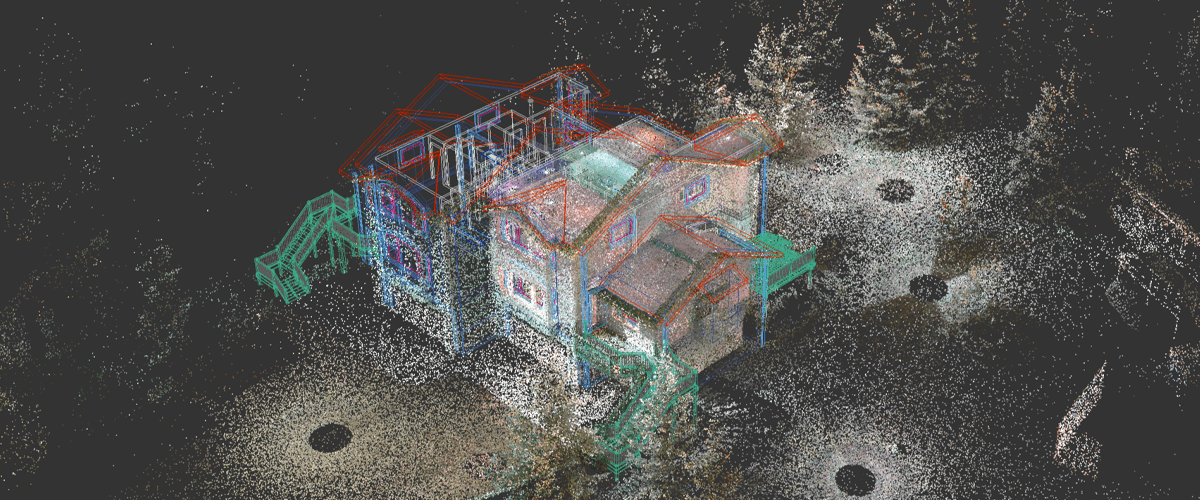
-
Comfy-Org comfy-cli – A Command Line Tool for ComfyUI
https://github.com/Comfy-Org/comfy-cli
comfy-cli is a command line tool that helps users easily install and manage ComfyUI, a powerful open-source machine learning framework. With comfy-cli, you can quickly set up ComfyUI, install packages, and manage custom nodes, all from the convenience of your terminal.
C:\<PATH_TO>\python.exe -m venv C:\comfyUI_cli_install cd C:\comfyUI_env C:\comfyUI_env\Scripts\activate.bat C:\<PATH_TO>\python.exe -m pip install comfy-cli comfy --workspace=C:\comfyUI_env\ComfyUI install # then comfy launch # or comfy launch -- --cpu --listen 0.0.0.0If you are trying to clone a different install, pip freeze it first. Then run those requirements.
# from the original env python.exe -m pip freeze > M:\requirements.txt # under the new venv env pip install -r M:\requirements.txt -
ComfyDeploy – A way for teams to use ComfyUI and power apps
https://www.comfydeploy.com/docs/v2/introduction
1 – Import your workflow
2 – Build a machine configuration to run your workflows on
3 – Download models into your private storage, to be used in your workflows and team.
4 – Run ComfyUI in the cloud to modify and test your workflows on cloud GPUs
5 – Expose workflow inputs with our custom nodes, for API and playground use
6 – Deploy APIs
7 – Let your team use your workflows in playground without using ComfyUI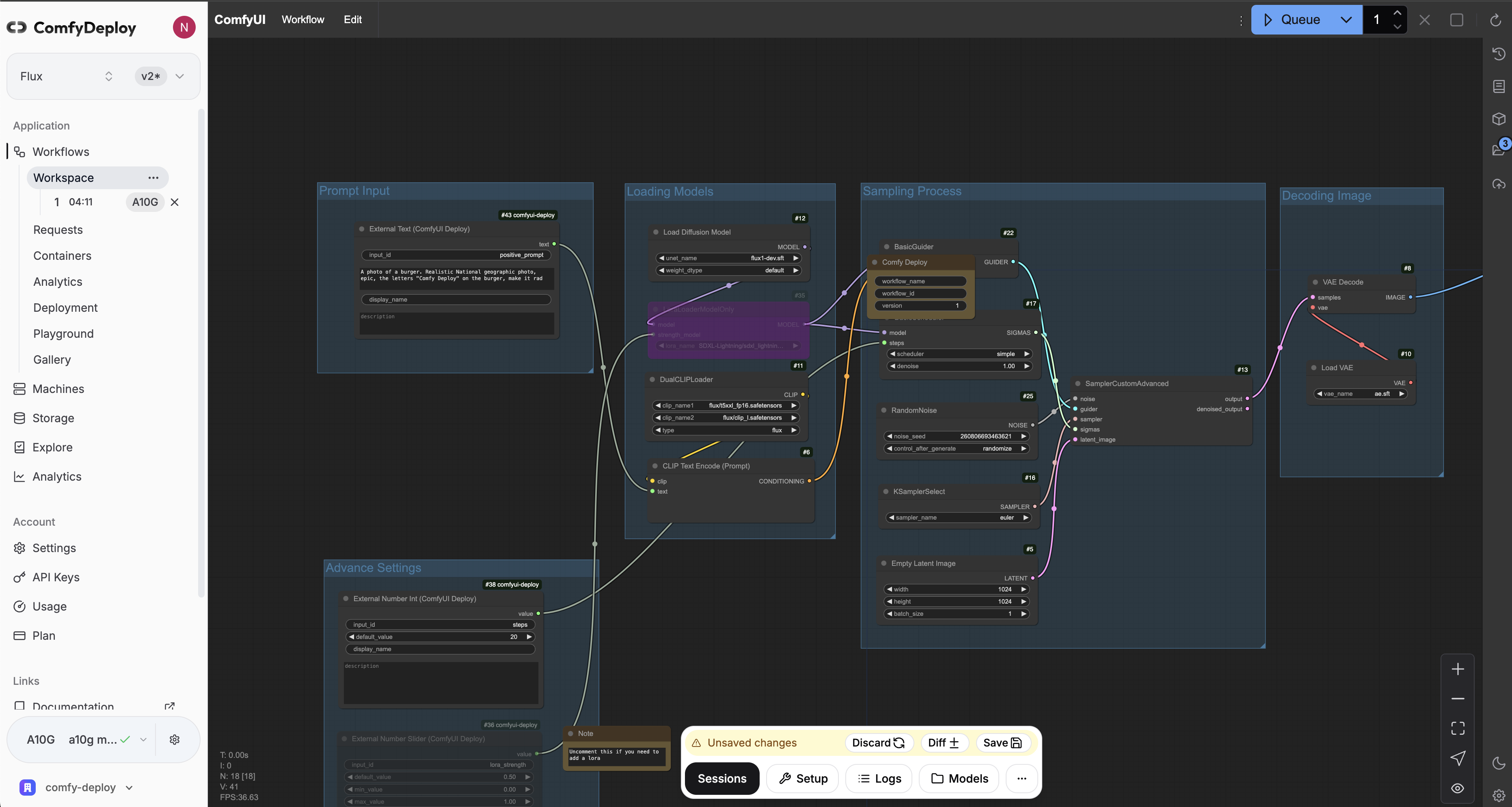
-
Anthropic Economic Index – Insights from Claude 3.7 Sonnet on AI future prediction
https://www.anthropic.com/news/anthropic-economic-index-insights-from-claude-sonnet-3-7
As models continue to advance, so too must our measurement of their economic impacts. In our second report, covering data since the launch of Claude 3.7 Sonnet, we find relatively modest increases in coding, education, and scientific use cases, and no change in the balance of augmentation and automation. We find that Claude’s new extended thinking mode is used with the highest frequency in technical domains and tasks, and identify patterns in automation / augmentation patterns across tasks and occupations. We release datasets for both of these analyses.
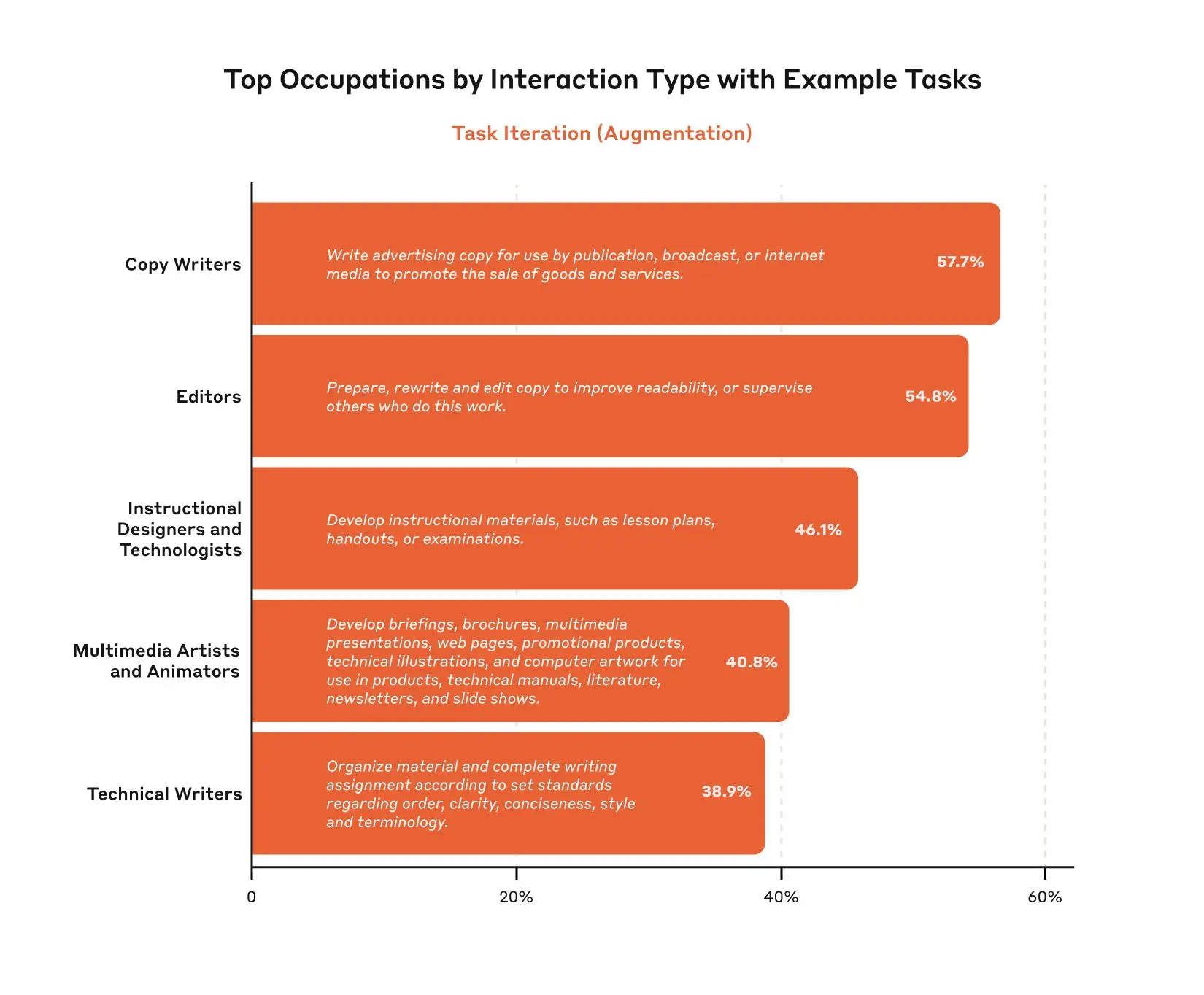
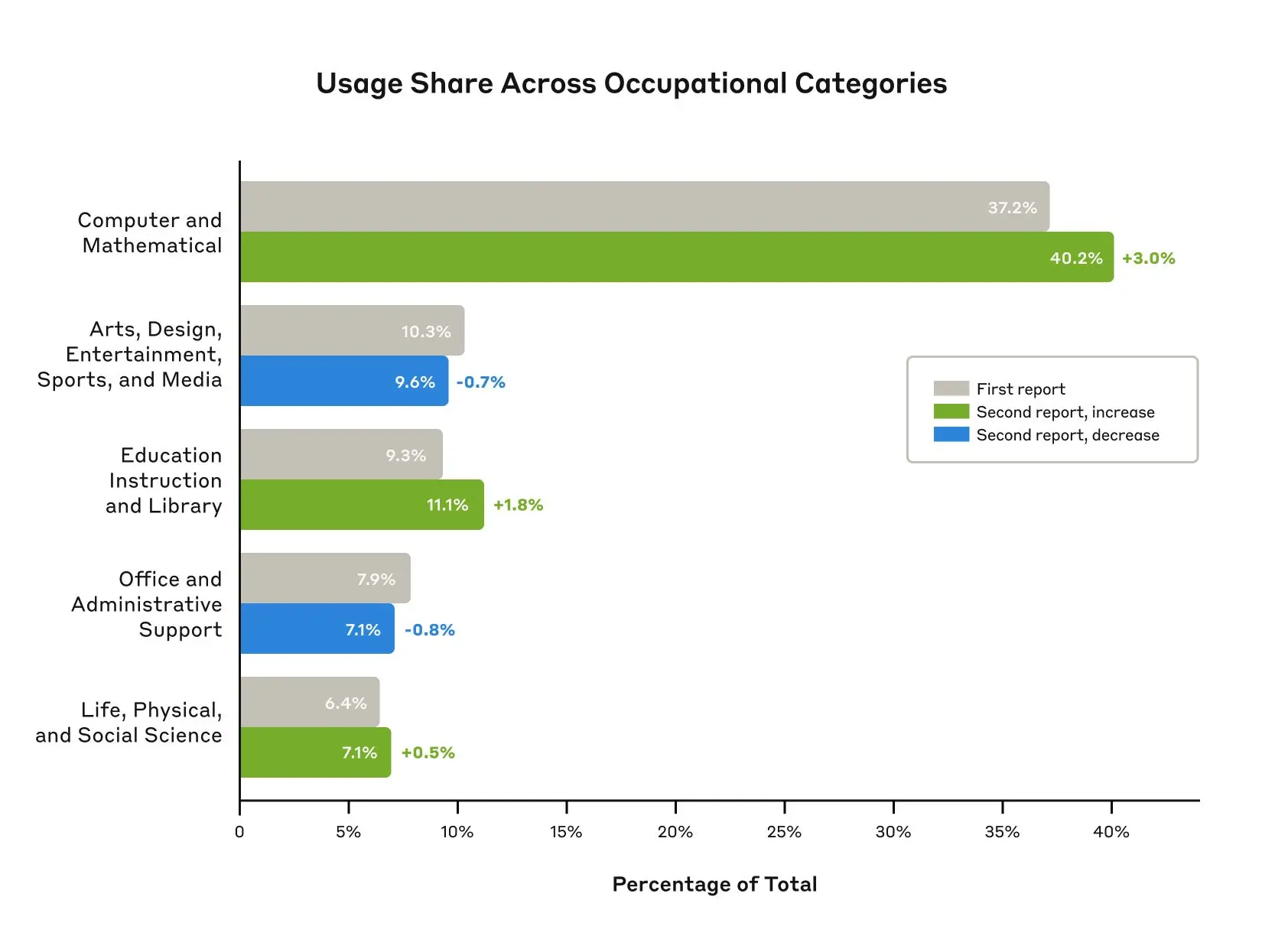
FEATURED POSTS
-
The History, Evolution and Rise of AI
https://medium.com/@lmpo/a-brief-history-of-ai-with-deep-learning-26f7948bc87b
🔹 1943: 𝗠𝗰𝗖𝘂𝗹𝗹𝗼𝗰𝗵 & 𝗣𝗶𝘁𝘁𝘀 create the first artificial neuron.
🔹 1950: 𝗔𝗹𝗮𝗻 𝗧𝘂𝗿𝗶𝗻𝗴 introduces the Turing Test, forever changing the way we view intelligence.
🔹 1956: 𝗝𝗼𝗵𝗻 𝗠𝗰𝗖𝗮𝗿𝘁𝗵𝘆 coins the term “Artificial Intelligence,” marking the official birth of the field.
🔹 1957: 𝗙𝗿𝗮𝗻𝗸 𝗥𝗼𝘀𝗲𝗻𝗯𝗹𝗮𝘁𝘁 invents the Perceptron, one of the first neural networks.
🔹 1959: 𝗕𝗲𝗿𝗻𝗮𝗿𝗱 𝗪𝗶𝗱𝗿𝗼𝘄 and 𝗧𝗲𝗱 𝗛𝗼𝗳𝗳 create ADALINE, a model that would shape neural networks.
🔹 1969: 𝗠𝗶𝗻𝘀𝗸𝘆 & 𝗣𝗮𝗽𝗲𝗿𝘁 solve the XOR problem, but also mark the beginning of the “first AI winter.”
🔹 1980: 𝗞𝘂𝗻𝗶𝗵𝗶𝗸𝗼 𝗙𝘂𝗸𝘂𝘀𝗵𝗶𝗺𝗮 introduces Neocognitron, laying the groundwork for deep learning.
🔹 1986: 𝗚𝗲𝗼𝗳𝗳𝗿𝗲𝘆 𝗛𝗶𝗻𝘁𝗼𝗻 and 𝗗𝗮𝘃𝗶𝗱 𝗥𝘂𝗺𝗲𝗹𝗵𝗮𝗿𝘁 introduce backpropagation, making neural networks viable again.
🔹 1989: 𝗝𝘂𝗱𝗲𝗮 𝗣𝗲𝗮𝗿𝗹 advances UAT (Understanding and Reasoning), building a foundation for AI’s logical abilities.
🔹 1995: 𝗩𝗹𝗮𝗱𝗶𝗺𝗶𝗿 𝗩𝗮𝗽𝗻𝗶𝗸 and 𝗖𝗼𝗿𝗶𝗻𝗻𝗮 𝗖𝗼𝗿𝘁𝗲𝘀 develop Support Vector Machines (SVMs), a breakthrough in machine learning.
🔹 1998: 𝗬𝗮𝗻𝗻 𝗟𝗲𝗖𝘂𝗻 popularizes Convolutional Neural Networks (CNNs), revolutionizing image recognition.
🔹 2006: 𝗚𝗲𝗼𝗳𝗳𝗿𝗲𝘆 𝗛𝗶𝗻𝘁𝗼𝗻 and 𝗥𝘂𝘀𝗹𝗮𝗻 𝗦𝗮𝗹𝗮𝗸𝗵𝘂𝘁𝗱𝗶𝗻𝗼𝘃 introduce deep belief networks, reigniting interest in deep learning.
🔹 2012: 𝗔𝗹𝗲𝘅 𝗞𝗿𝗶𝘇𝗵𝗲𝘃𝘀𝗸𝘆 and 𝗚𝗲𝗼𝗳𝗳𝗿𝗲𝘆 𝗛𝗶𝗻𝘁𝗼𝗻 launch AlexNet, sparking the modern AI revolution in deep learning.
🔹 2014: 𝗜𝗮𝗻 𝗚𝗼𝗼𝗱𝗳𝗲𝗹𝗹𝗼𝘄 introduces Generative Adversarial Networks (GANs), opening new doors for AI creativity.
🔹 2017: 𝗔𝘀𝗵𝗶𝘀𝗵 𝗩𝗮𝘀𝘄𝗮𝗻𝗶 and team introduce Transformers, redefining natural language processing (NLP).
🔹 2020: OpenAI unveils GPT-3, setting a new standard for language models and AI’s capabilities.
🔹 2022: OpenAI releases ChatGPT, democratizing conversational AI and bringing it to the masses.
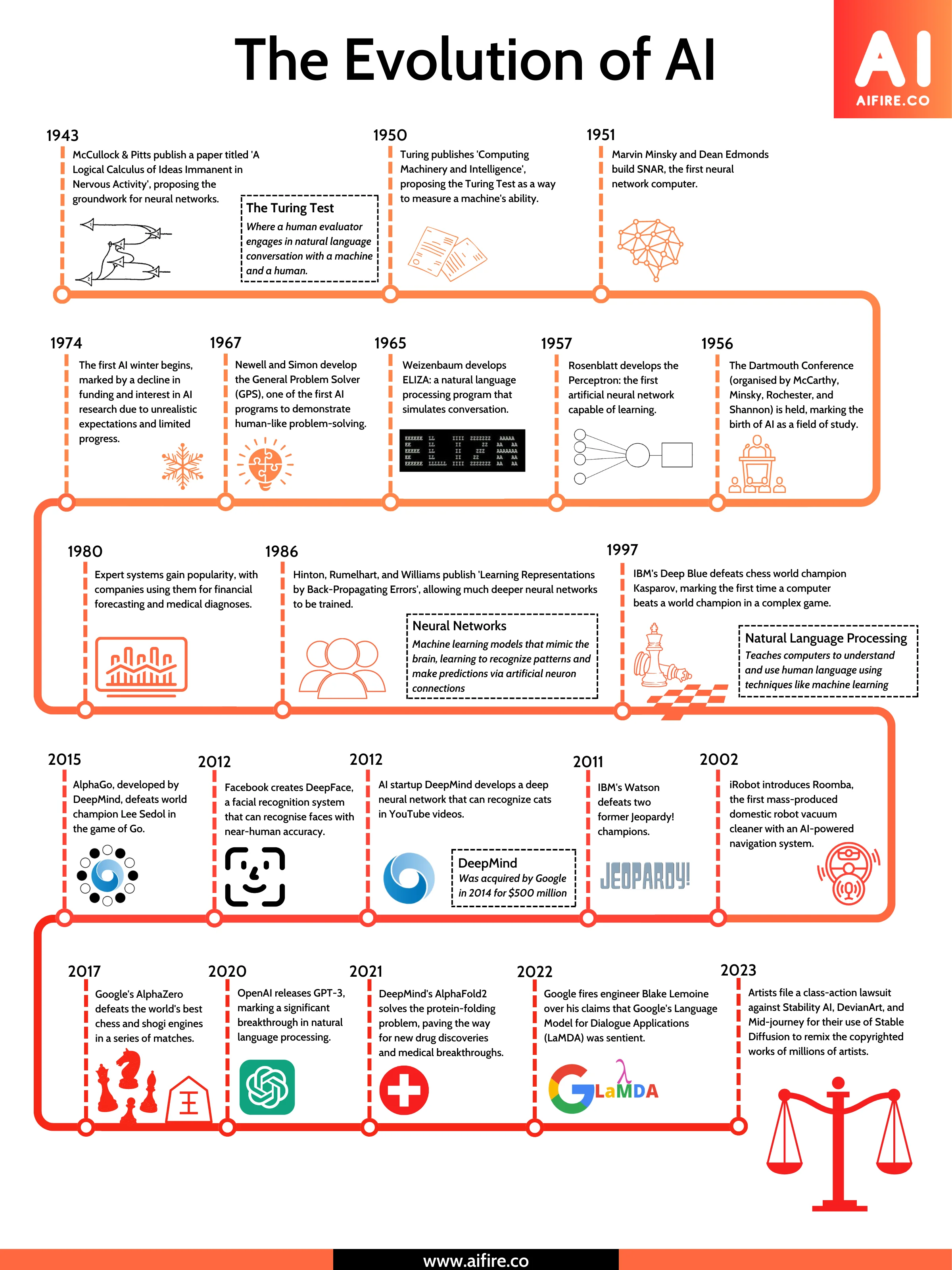
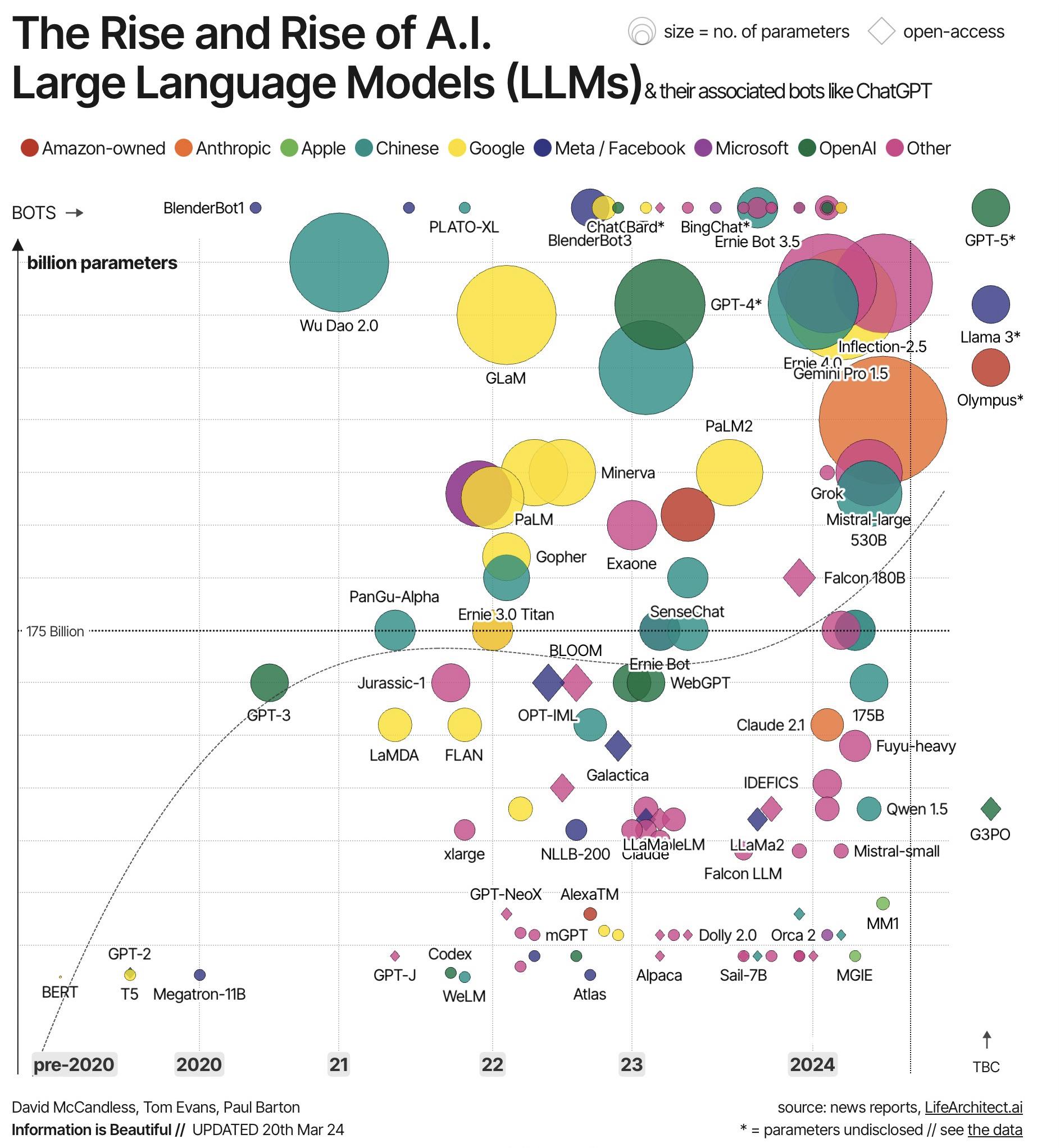
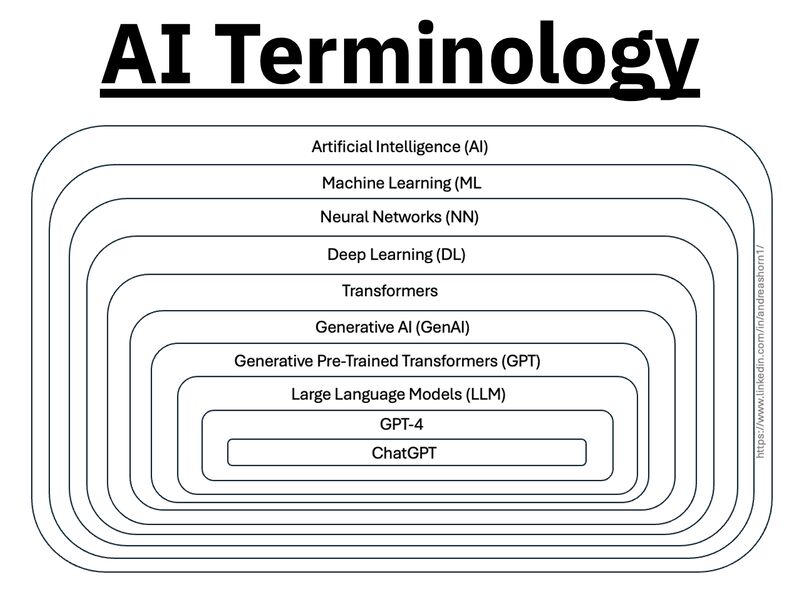
-
GretagMacbeth Color Checker Numeric Values and Middle Gray
The human eye perceives half scene brightness not as the linear 50% of the present energy (linear nature values) but as 18% of the overall brightness. We are biased to perceive more information in the dark and contrast areas. A Macbeth chart helps with calibrating back into a photographic capture into this “human perspective” of the world.
https://en.wikipedia.org/wiki/Middle_gray
In photography, painting, and other visual arts, middle gray or middle grey is a tone that is perceptually about halfway between black and white on a lightness scale in photography and printing, it is typically defined as 18% reflectance in visible light

Light meters, cameras, and pictures are often calibrated using an 18% gray card[4][5][6] or a color reference card such as a ColorChecker. On the assumption that 18% is similar to the average reflectance of a scene, a grey card can be used to estimate the required exposure of the film.
https://en.wikipedia.org/wiki/ColorChecker
(more…)
-
PBR Color Reference List for Materials – by Grzegorz Baran
“The list should be helpful for every material artist who work on PBR materials as it contains over 200 color values measured with PCE-RGB2 1002 Color Spectrometer device and presented in linear and sRGB (2.2) gamma space.
All color values, HUE and Saturation in this list come from measurements taken with PCE-RGB2 1002 Color Spectrometer device and are presented in linear and sRGB (2.2) gamma space (more info at the end of this video) I calculated Relative Luminance and Luminance values based on captured color using my own equation which takes color based luminance perception into consideration. Bare in mind that there is no ‘one’ color per substance as nothing in nature is even 100% uniform and any value in +/-10% range from these should be considered as correct one. Therefore this list should be always considered as a color reference for material’s albedos, not ulitimate and absolute truth.“
-
Glenn Marshall – The Crow
Created with AI ‘Style Transfer’ processes to transform video footage into AI video art.
-
Lighting Every Darkness with 3DGS: Fast Training and Real-Time Rendering and Denoising for HDR View Synthesis
https://srameo.github.io/projects/le3d/
LE3D is a method for real-time HDR view synthesis from RAW images. It is particularly effective for nighttime scenes.
https://github.com/Srameo/LE3D






